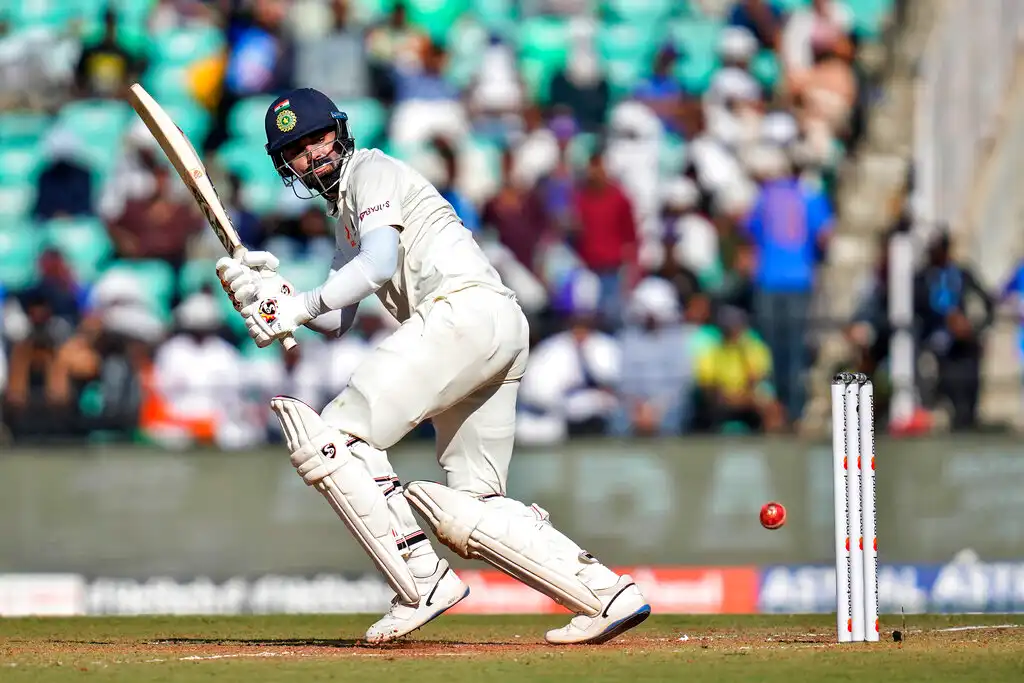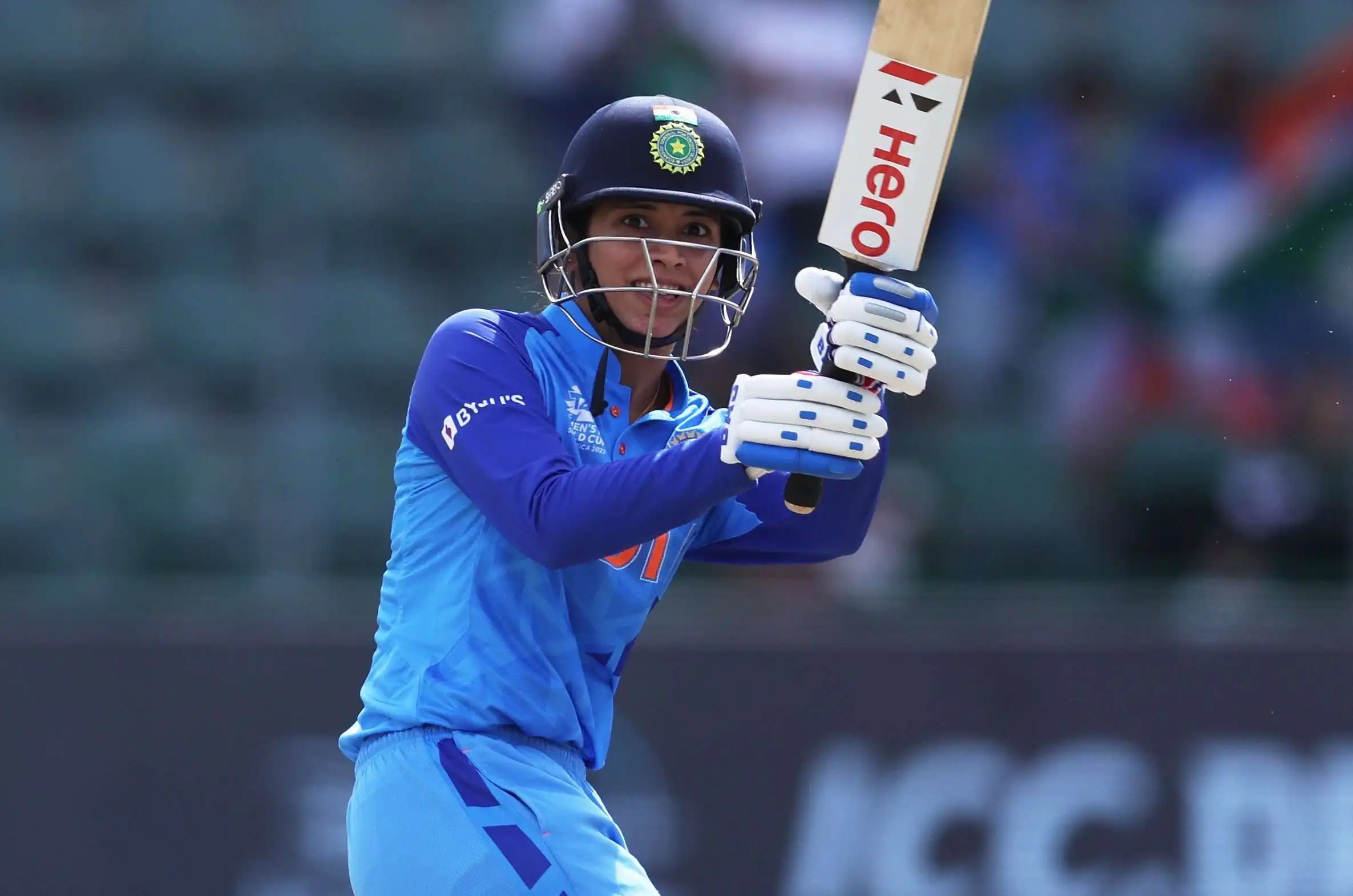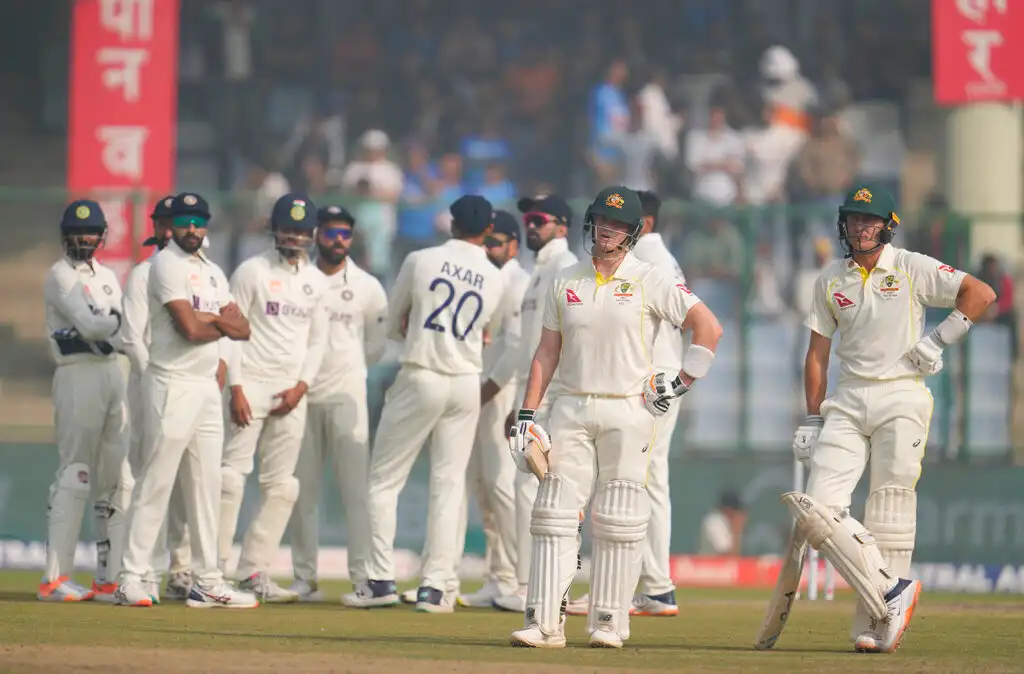 Anderson and Broad duo helped New Zealand rattle at Bay Oval
Anderson and Broad duo helped New Zealand rattle at Bay Oval
It was a good friend of mine who used Dick Fosbury as an analogy for England’s approach to Test cricket under Brendon McCullum and Ben Stokes. In 1968, high jumper Fosbury made the front cover of Track and Field News for winning a national college title. His objective, of course, was the same as all other high jumpers - to clear a horizontal pole set at the highest level possible. However, he had developed a way of doing it that was completely different to anything that had gone before, jumping ‘back first’ with what has become universally known as the ‘Fosbury Flop’. He set a new record and won gold at the 1968 Olympics and by 1972, twenty eight of forty competitors used his technique.
England’s new dynamic approach to playing Test cricket feels equally revolutionary. It’s the same game as before of course, but executed by Ben Stokes and his team in a very different way. It is visionary, brave and driven by a sense of purpose beyond merely achieving a win. Delighting and entertaining existing fans and attracting new ones are equally and perhaps even more important than winning.
On the back of a crunching Test series win in Pakistan, the McCullum-Stokes approach seems to breezily answer all questions posed of it:
Would it work in New Zealand where pitches can be deceptively green early on, but are often more placid than given credit for?
England have not won a series in New Zealand since 2008 and indeed hadn’t managed a win there in any of the seven Tests since then. This win in Mount Maunganui by 267 runs wasn’t just a thumping victory, it was their best ever run – win against the Black Caps.
Could they break the away Day-Night Test hoodoo?
After an initial crushing win against West Indies inside 3 days and nights at Edgbaston in 2017, England have lost their subsequent five day night Tests, all away from home. Here they not only prevailed, but ruthlessly deployed their fast scoring to ensure they could twice bowl at New Zealand in the dreaded ‘pink ball under lights’ period so feared by batters. The Kiwis were 37/3 and 65/5 at the end of days 1 and 3 respectively. Perhaps Tim Southee might have rethought his decision to put England in, but none the less this was smart cricket by the tourists and it worked.
Should we worry that no England batter made a ton?
Resoundingly no. This victory was built on collective fast scoring calculated to secure the tactical advantage of using the best bowling conditions at the right time.
Crawley may have failed in the first innings and in truth he did get a working over from the evergreen Tim Southee, but England powered their way to 325/9, enabling a perfectly timed declaration.
Both Harry Brook and Ben Duckett made their 80s at well above a run a ball, supported by Ollie Pope and Ben Foakes who were no slouches themselves. Likewise in the second innings, runs were shared out between Crawley, Duckett, Pope, Brook, Root, Stokes, Foakes and Robinson.
Harry Brook really is a batter tailormade for the McCullum-Stokes approach, and is a joy to watch. Duckett has more than taken the opportunity put before him after Jonny Bairstow opened the golf course gate and Ben Foakes is proving that he is a class act with both bat and gloves.
By comparison, New Zealand had the games only centurion in the excellent Tom Blundell, but with the honourable exceptions of Devon Conway and Daryl Mitchell, Tim Southee’s team could not collectively back him up. This was an England victory of team purpose over individual achievement.
What was Joe Root doing?
England’s premier batter, by his high standards, has struggled since his 142 against India and has found some bizarre ways to get out. The reverse sweep was twice his undoing in the shadow of Mount Mauganui. Whilst there may just be a sense that Root is a classical violinist wanting to play hip hop with his younger team-mates, his second innings 57 was more like his old self. Form, as they say, is temporary and class permanent. Daft dismissal notwithstanding.
Just how long can Jimmy Anderson and Stuart Broad keep this up?
I suspect that only they really know that. But deployed smartly by the astute captaincy of Ben Stokes, they were deadly. Stuart Broad, aka Nighthawk, or as he refers to himself in jest, just the Hawk, ripped through New Zealand’s top order under lights by pitching the ball up and attacking the stumps. Jimmy Anderson, immediately broke the back of any Kiwi resistance in the morning, with three early wickets and two in two. A Test hattrick, alas, continues to elude him, but there is still time. Together, they helped themselves to a record that may never be beaten. With 1009 wickets operating in tandem, they have surpassed Shane Warne and Glenn McGrath’s 1001, having already left Muralitharan & Vaas and Ambrose and Walsh far behind. If the likes of Archer, Robinson, Stone, Wood and Potts can stay fit, then England have the options to manage their precious but aging jewels well enough to keep them fit and firing.
Were England really good, or are New Zealand just not the side they were?
The old sporting adage of “you can only beat what’s in front of you” surely applies here. New Zealand were undoubtedly weaker, shorn of Trent Boult, Matt Henry and Kyle Jamieson. Living just twenty minutes from Mount Maunganui, you sense New Zealand’s selectors were sorely tempted to bring back Southee’s long time oppo.
England, fuelled with belief and clear unified direction, were simply too good. Wellington, however, the ground where Brendon McCullum made his own record of 302 will provide its own challenges. Whatever the result, it is likely to be another rollicking roller coaster ride of Test cricket.






